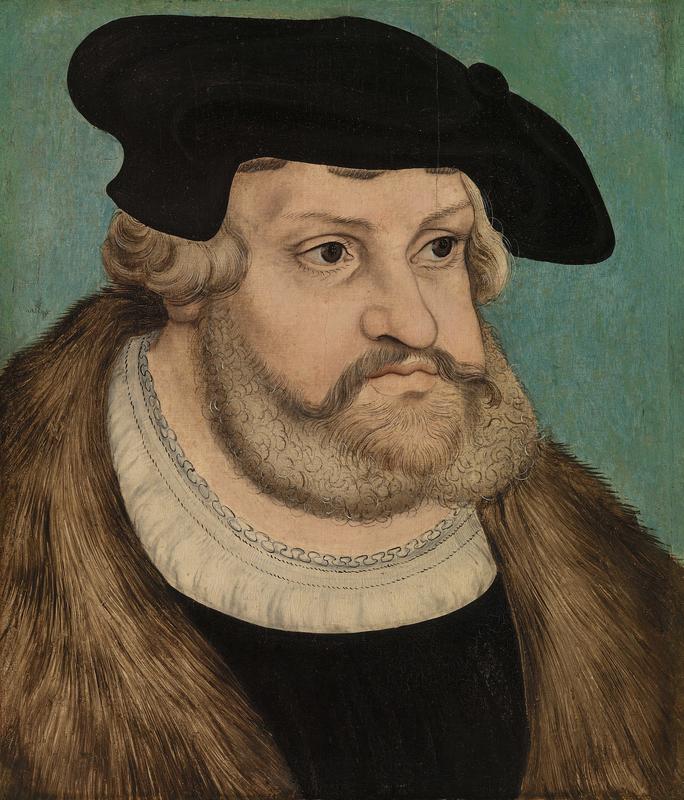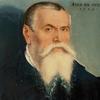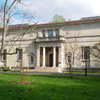More about Portrait of Frederick the Wise, Duke of Saxony

Sr. Contributor
Frederick the Wise’s pockets were as deep as his beard is wide in this portrait by Lucas Cranach the Elder.
Ah, to be rich. Since becoming the Duke of Saxony in 1486, Frederick the Wise had money to burn. Frederick lived a lavish life traveling between his four main ducal residences, collecting over 19,000 Christian relics, and courting royalty. As seen in Portrait of Frederick the Wise, Duke of Saxony, Frederick was a fan of high fashion. His opulent fur coat, slick mustache, sculpted beard, and luscious curls prove the Duke cared about appearances. But Frederick wasn’t completely self-absorbed, and whatever funds remained after paying his tailor and barber were poured into the two causes he cared about most: art and religion.
Frederick was a “connoisseur of contemporary arts,” meaning that he was a stan of the Northern Renaissance masters. In 1496, Frederick commissioned a portrait by Albrecht Dürer and immediately fell in love with Dürer’s work. Frederick wanted Dürer to become his personal court painter, but the artist would not abandon his position as the imperial artist for the Holy Roman Emperor Maximilian I. Instead, Dürer recommended his previous rival, Lucas Cranach the Elder, for the job, assuring Frederick that Cranach was very good at copying his techniques. This backhanded compliment was all Frederick needed to hear and, in 1505, Cranach arrived at the Wittenberg Castle as the new court painter.
Even though Cranach was Fredrick’s second choice, he was paid like the first. Frederick spoiled Cranach, giving him the same salary Dürer received as a painter for the Emperor. Cranach’s room, board, studio space, assistants, and supplies were all covered by Frederick and the artist even got his own horse to ride for fun. Cranach was expected to earn his keep, however, and in addition to documenting the members of the court through portraits like this one, Cranach researched the Saxon family tree (that led all the way back to Ancient Greece), prepared for and artistically recorded major events at court, and decorated the countless rooms of the ducal residences.
In 1512, Frederick’s payroll grew when a young Augustinian friar named Martin Luther came to teach in Wittenberg. Before Luther could get started, he needed to pay a hefty fee to receive his doctorate in theology. Frederick happily stepped in to foot the bill and consequently ended up funding the Protestant Reformation. From then on, Frederick was Luther’s main protector and benefactor. In 1521, during the Diet of Worms (a meeting of ambassadors), Luther was deemed an enemy of the state and a heretic for opposing the practices of the Catholic church. Luther left the diet expecting a death sentence to come at any moment, and while he was traveling home to Wittenberg his party was attacked! Luckily, the attackers were secretly working for Frederick the Wise and took Luther into protective custody. Oh Frederick, you sly dog.
Frederick remained the Renaissance equivalent of a philanthropist for the rest of his life. If only millionaires today could take a page out of Frederick’s book, the world would be a much wiser place indeed.
Sources
- “Frederick the Wise.” Reformation 500. Accessed January 21, 2021. https://reformation500.csl.edu/bio/frederick-the-wise/.
- “Lucas Cranach the Elder: Biography.” National Gallery of Art. Accessed January 21, 2021. https://www.nga.gov/collection/artist-info.1179.html#biography.
- “Lucas Cranach the Elder: Portrait of Frederick the Wise, Duke of Saxony.” Barnes Foundation. Accessed January 21, 2021. https://collection.barnesfoundation.org/objects/6060/Portrait-of-Freder….
- “Luther Appears Before the Emperor at Worms.” Reformation 500. Accessed January 21, 2021. https://reformation500.csl.edu/timeline/luther-appears-before-the-emper….
- “Luther is Sent to Wittenberg.” Reformation 500. Accessed January 21, 2021. https://reformation500.csl.edu/timeline/luther-returns-to-erfurt-from-r… ed-to-wittenberg-and-moves-into-the-newly-constructedaugustinian-black-cloister/.
- Ozment, Steven E. The Serpent and the Lamb: Cranach, Luther, and the Making of the Reformation. New Haven: Yale University Press, 2011.











